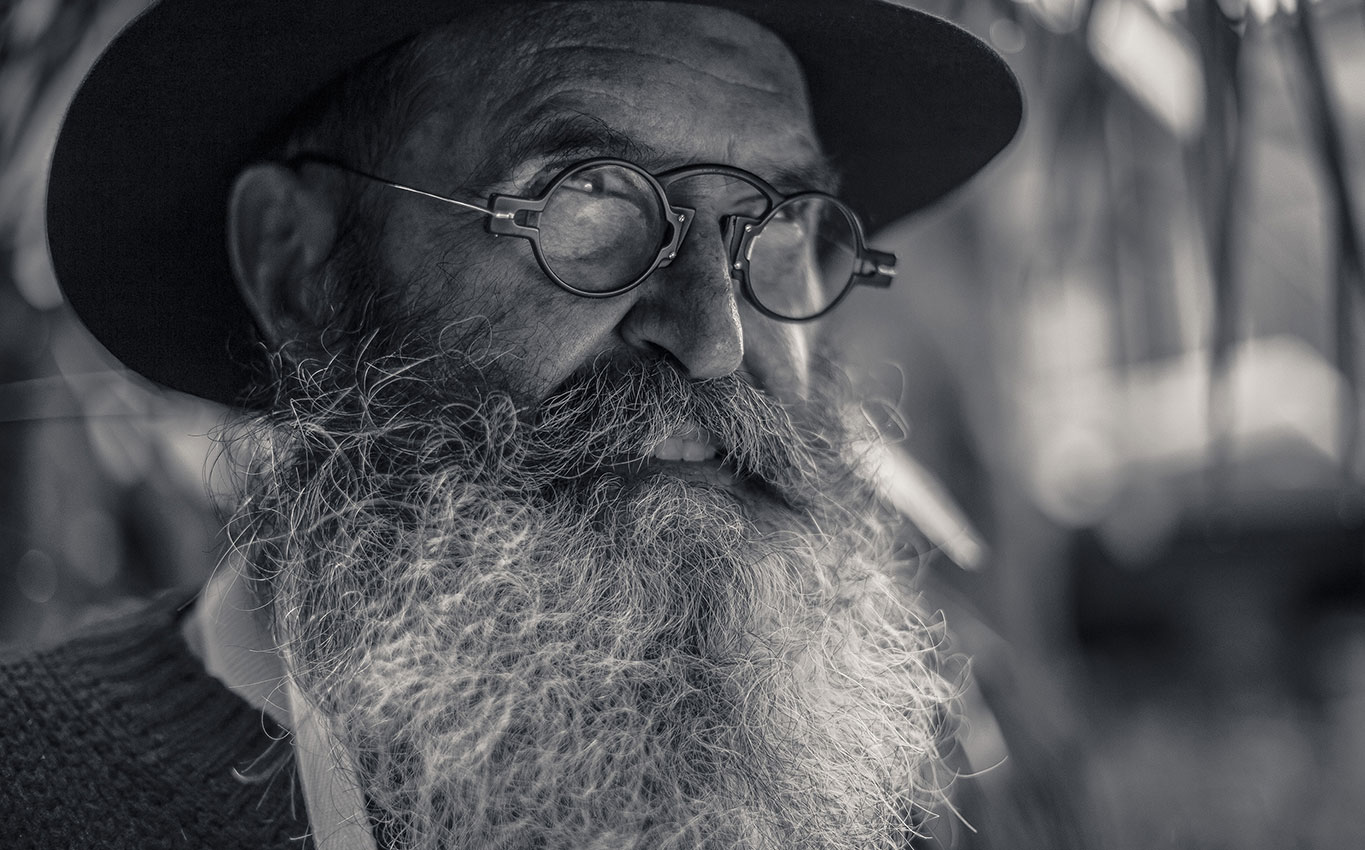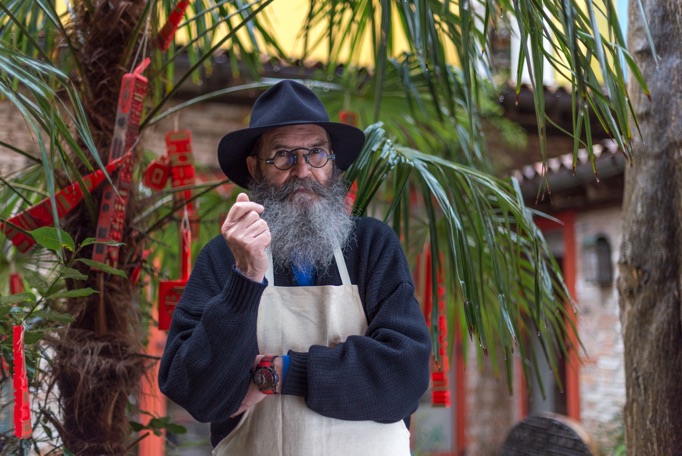
Gianmaria Potenza (9 December 1936) studied at the Art Institute of Venice, where he finished his studies in 1956. Soon after, he opened his studio, where he practised different art forms, from sculpture to engraving and mosaic.
Potenza’s first official exhibit was in 1952 when he participated in a collective exhibition at the Fondazione Bevilacqua La Masa, where he also held his first solo exhibit in 1958. As the best student of the Institute, he was invited to exhibit his works at the Venice Biennale in 1952 and 1954, and after that in 1966, 1968, 1986, and 2009.
In 1986, the artist’s participation in the 42nd Venice Biennale gave him a showcase on the world stage when he presented his renowned “Ninfea Armonica”, a vast floating sculpture capable of combining painting, sculpture, scenography, and sound.
His work has attracted many commissions from Italy and abroad, particularly regarding his decoration of ships, hotels, churches, and public buildings, often collaborating with world-renowned architects. Between the sixties and seventies, he also designed and produced religious vestments and church furnishings for the Holy See. From the numerous collaborations with great names of architecture, such as Gio Ponti, Pier Luigi Nervi, and Franco Albini, to name a few, Potenza developed a method that becomes a constant of its art: from the study of drawings to put into operation, the entire creative process follows a parallel and participated process with the architect.
Also, an important dialogue with architecture is evident on a linguistic level. A trend towards three-dimensionality emerges from the beginning, even when working on a panel. The artist matures an artistic process that takes him from flat surfaces to creating a bas-relief effect, shaping the materials to produce effects of light and shadow.
From the early sixties, Potenza has also been involved in advertising images for various firms and chain stores. In 1968, he founded La Murrina Glassworks, which draws objects and elements for lighting and decor.
In the early 1970s, Potenza began to work for the interior decoration of the most famous Italian turbine-powered ship. The collaborations with the large shipping companies are among the most critical chapters in Gianmaria Potenza’s career, for the vastness and quantity of work commissioned for over three decades. Taking advantage of the spatial layout of ships, Potenza creates architectural sculptures that can influence how the environments are used and lived.
The 1980s represent a new stage in his artistic production. He realized the first bronze sculptures and showed artistic maturity with his pitto-sculture, reaching expressive autonomy and an unmistakable language.
In the early 1990s, Italian artist Riccardo Licata characterized Potenza as “revolutionary” for completely reinterpreting the mosaic technique. Potenza makes an entirely individual use of the technique: the arrangement of the tiles is no longer flat but crosswise, making the mosaic closer to sculpture rather than to painting.
In 1995, he exhibited at the Museum of Turkish and Islamic Art in Istanbul. In the exhibition “Dialogue between Traditions,” which celebrated the vital link between Istanbul and Venice, Gianmaria Potenza represented a crucial contemporary expression of the reinterpretation of Venetian traditions. The exhibition also began significant international exhibitions in Europe, the United Arab Emirates, the USA, and Russia.
Over the last two decades, other important acknowledgements and satisfactions have come from small and large private and public commissions. Potenza receives works for the realization of works of art to be placed in the squares of many Italian cities and the venues of critical public institutions, including the bronze sculpture for the Erarta Museum, St. Petersburg (2013) and the imposing monument for the Scuola dei Carabinieri in Florence (2018).
Even the most passionate collectors contribute to bringing his works to the world. Thanks to private donations, for example, Potenza’sulptures can be admired in the Aventura City Hall in Florida, Tulane University (New Orleans), and Bose Community (Italy), to name a few.

